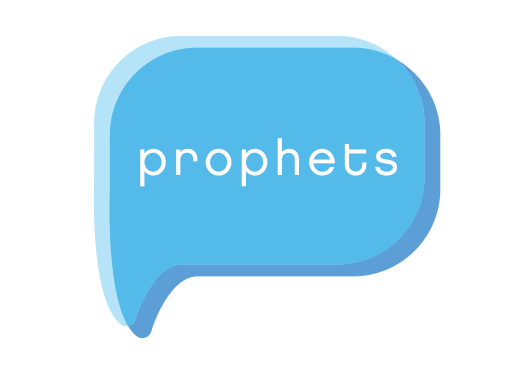How Do You Get More Media Coverage? Start By Asking Whether You Need It
Photo: Unsplash
As a partner at an international public relations firm serving both corporate and nonprofit organizations, a question potential clients often ask me is, “How do I get more media coverage?”
It’s a tough question to answer — and not always the right one to ask. Everyone these days is looking to “go viral,” but focusing on that goal may be limiting you from exploring other, more obtainable and lucrative avenues. Getting earned media coverage — whether that’s television, print, social or other media — still matters and can reap great rewards. But for some organizations, it may not be the best place to start or focus your energy.
Before seeking out media coverage, executives should make sure they have a solid and sustainable product, service or business model. Everyone inside an organization may think the product is wonderful (or be too afraid to say it’s not), but the public won’t necessarily think the same, and they’ll be honest. Getting media coverage won’t necessarily fix your problems if you don’t have a product that people understand or care about. The best public relations campaigns start with great services and products.
Incredibly, of the four societal institutions measured by the annual Edelman Trust Barometer — government, media, businesses and nonprofits — none was found to be trusted by the public in the 2020 findings. In an environment in which trust is at an all-time low, business leaders also need to evaluate how they can best reach and impact their customers in a meaningful way. That starts with building a trustworthy brand, “balancing competence with ethical behavior.
Organizations and leaders should know how to talk about their brands. This means having a brand message that’s consistent and purposeful. I often advise the clients I work with to hold off on the earned media component of their public relations campaigns until they’ve solidified, streamlined and tested their messaging. This means knowing what the company stands for and being able to succinctly describe its products and services: What are your mission and values? What is your elevator pitch? What makes you different from your competitors? You should make sure this language resonates with the customers you’re trying to attract. If the messaging needs to be tweaked or overhauled, it’s better to find out earlier rather than later.
Before pursuing an earned media campaign, almost every organization should first build out its owned platforms, including creating regular content for LinkedIn and other social media platforms, updating the organization’s website, starting a blog, issuing a monthly newsletter, or developing new research. This gets current stakeholders engaged without a lot of expense or upfront risk. Another consideration should be sponsored (paid) media, such as a sponsored article in an industry publication, or branded radio or podcast content.
A key part of any communications strategy is identifying an organization’s goals and building a media strategy to fit them. I like to look at crafting an organization’s public relations strategy like developing an investment portfolio — if you don’t know what you’re looking to accomplish and when, then you won’t know the right media mix to pursue and what constitutes success. The goal for most organizations should be to develop a media portfolio that includes a combination of media types; these combinations will differ based on goals.
Developing the right media portfolio should begin with a landscape analysis. This is often the first thing my firm does for new clients. A landscape analysis helps brands discover what portion of the market they currently own, and what their competitors own. It also helps identify white space that no one in your industry is filling and areas where there may be overlap.
To get a better understanding of the business and its strategic objectives, a strong public relations team will interview program leads and stakeholders from across an organization before diving into a media strategy.
When an organization does start pursuing earned media coverage, there are a number of things to consider.
First, being featured in a positive news story is typically the result of relationships; this is when it’s often helpful to engage a communications firm that can help develop these relationships. But a reporter must first believe that the spokesperson is the best person to speak to the issue at hand. This is why having owned media content, like a catalog of thoughtful LinkedIn articles, or earned media like an op-ed in an industry publication, is important to establishing authority on a topic.
Second, an earned media strategy should start with a proper media audit. How has the organization been featured in the past, and by whom? Which reporters or influencers focus on that specific industry or topic? Does the organization already have positive (or negative) relationships with certain reporters? What industry leaders are already being featured most often, and why?
Third, media coverage is usually not evergreen but depends on the day-to-day news cycle. Regularly monitoring the news and being the first to reach out to a reporter when a relevant topic becomes newsworthy is one of the best ways to get coverage or develop a relationship for a future story. This is why having predeveloped talking points about industry topics, and consistent brand messaging for the organization, is crucial.
Getting more (positive) media coverage is always a win. But the goal is for earned, owned and paid media to work in parallel with each other. “Going viral” isn’t a real communications strategy; a successful public relations campaign is a layered process that takes time.
BY AMANDA KALLIS
Amanda is the co-founder of Droppr, a communications and strategy firm that works exclusively with clients in the technology sector. She is the author of ‘Cooking with Silicon’, the New York Times bestseller and is a surfer on most weekends.
Read her blogs here.


